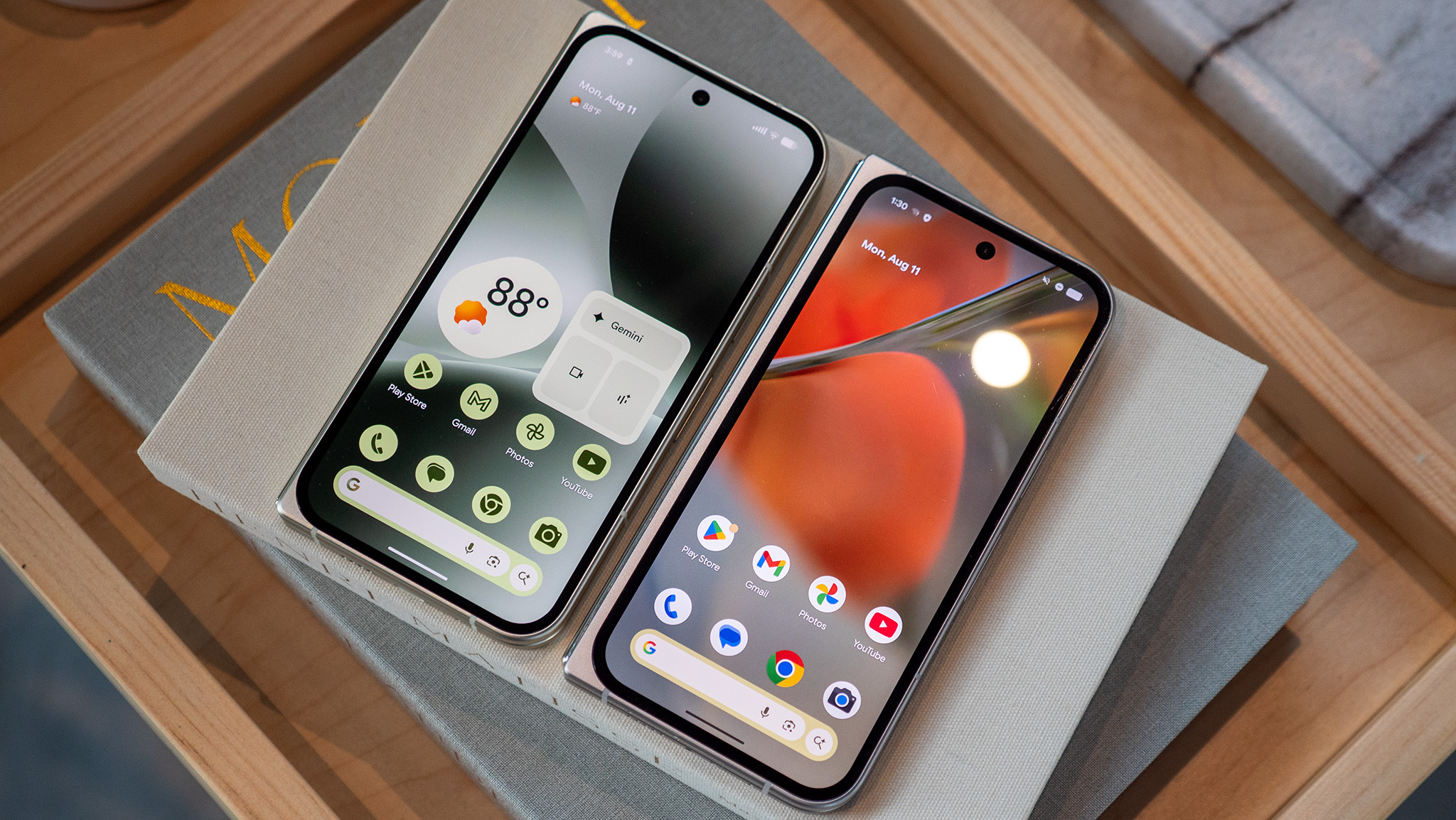Seeing as it hasn’t been very long since the Pixel 10 Pro Fold was announced, the rumor mill has quieted down, for now. So far, the only indication that we have about the Pixel 11 Pro Fold comes via a leak in January 2025.
The Pixel 10 Pro Fold builds on the success of its predecessor, which completely left the Pixel Fold in the dust. Google’s latest foldable is the first of any foldable phone to feature an IP68 water and dust resistance rating, while also coming with Pixelsnap via the Qi2 standard, making it compatible with magnetic phone accessories and chargers.
As the dust settles on the August 2025 “Made by Google” event, we’re already taking a look at what the future could hold for the Pixel 11 Pro Fold.
Google Pixel 11 Pro Fold: What we know so far
The aforementioned “leak” only provided us with the codenames of the Pixel 11 lineup, with the 11 Pro Fold being internally known as “yogi” or “9YI4”. On the bright side, it offers confirmation that the third-generation Pixel foldable is in development, which is a good sign for fans of Google’s foldables.
More recently, a report surfaced claiming Google’s next in-house processor, the Tensor G6, would move to a 2nm process. This is possible due to the company moving from Samsung to TSMC, and with it, building the Tensor G5 on the 3nm process.
Since its inception, Google’s Tensor chips have never been able to match the power and efficiency of Qualcomm or MediaTek processors. While the Tensor G5 in the Pixel 10 lineup seemingly narrows the gap between itself and the Snapdragon 8 Elite, it’s still not quite on par.
The hope is that by moving to the 2nm process, Google and TSMC are able to close that gap completely, offering performance at least on par with what the Snapdragon 8 Elite Gen 2 could bring.
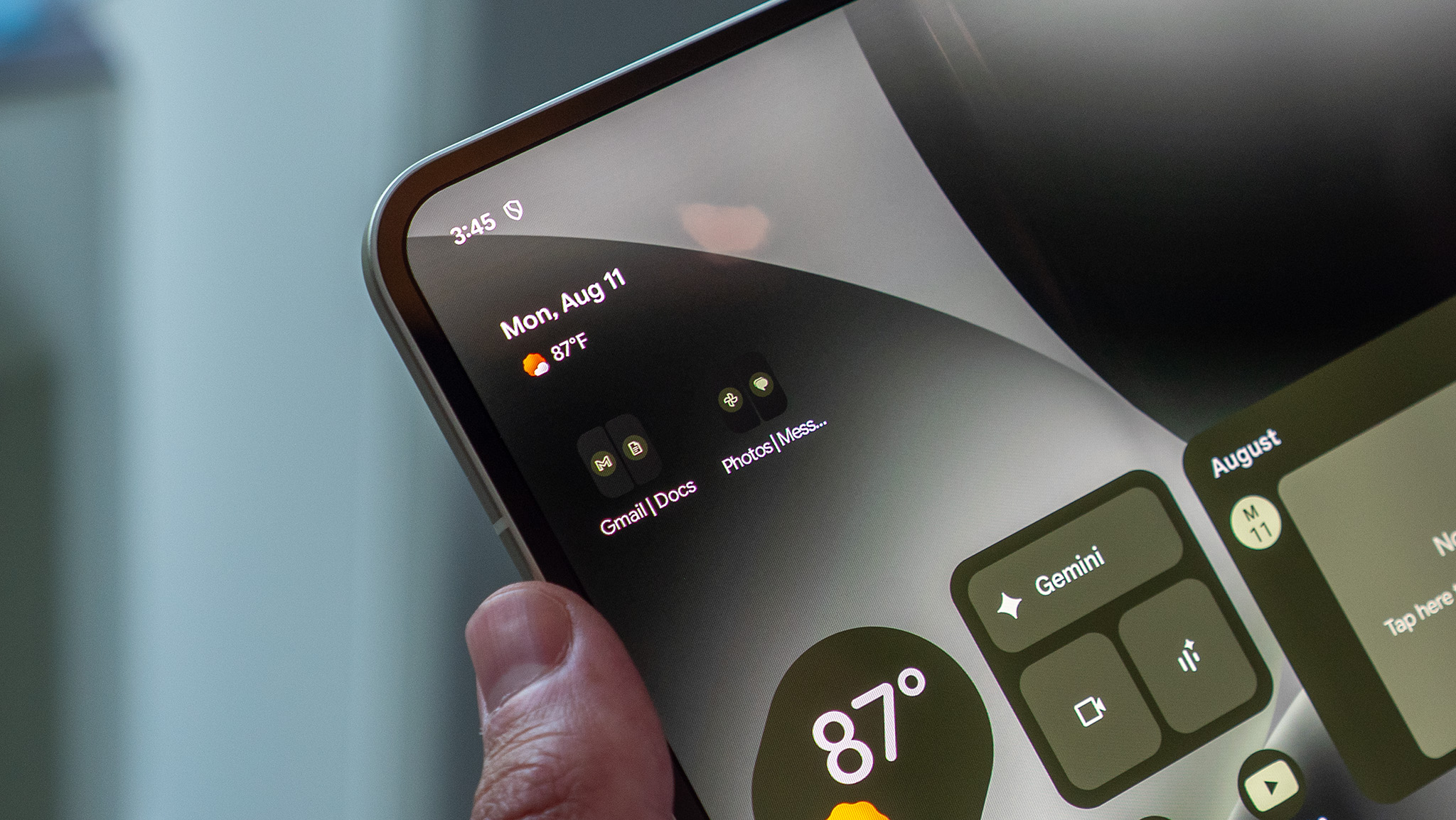
The same leak that revealed the Pixel 11 codenames also gave us some insight as to some of the camera and AI features that are potentially on the way. Unfortunately, the Pixel 11 Pro Fold wasn’t specifically mentioned, but the leak claims that some Pixel 11 devices could offer “100x zoom capabilities through Machine Learning for both photos and videos.”
It’s also said that Cinematic Blur could gain support for 4K 30fps recording, along with a “video relight” feature that makes it possible to “change lighting conditions in videos.” This would go quite nicely with the other rumored addition, “ultra-low light video.” The expectation is that this would be a super-charged version of Night Sight Video, with the necessary processing taking place “fully on-device,” whereas the current iteration is handled in the cloud.
Google Pixel 11 Pro Fold: What we want to see
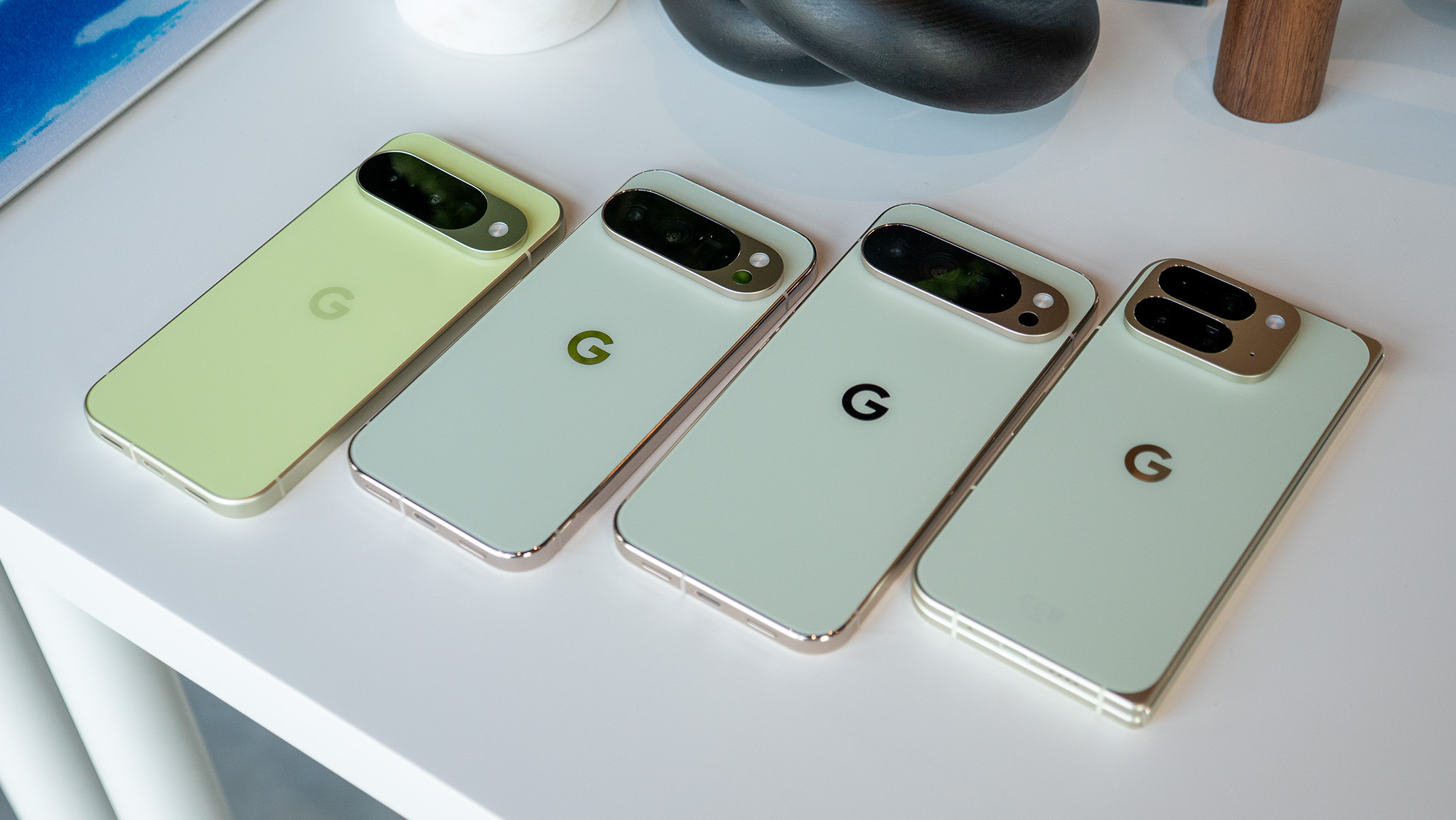
After Samsung introduced the Galaxy Z Fold 7 and its complete redesign, becoming the thinnest foldable, I won’t be surprised if people want Google to follow suit. While that would definitely be nice, it’s not a trend that Google should follow if it means losing out on battery life and the IP68 rating of the Pixel 10 Pro Fold.
Instead, we’re hoping to see hardware parity between Google’s foldable phones and its slab phones, specifically regarding the camera. When looking at the Pixel 10 Pro Fold and 10 Pro XL, both phones are equipped with triple rear camera setups, covering all of the bases for what you might want to take pictures of.
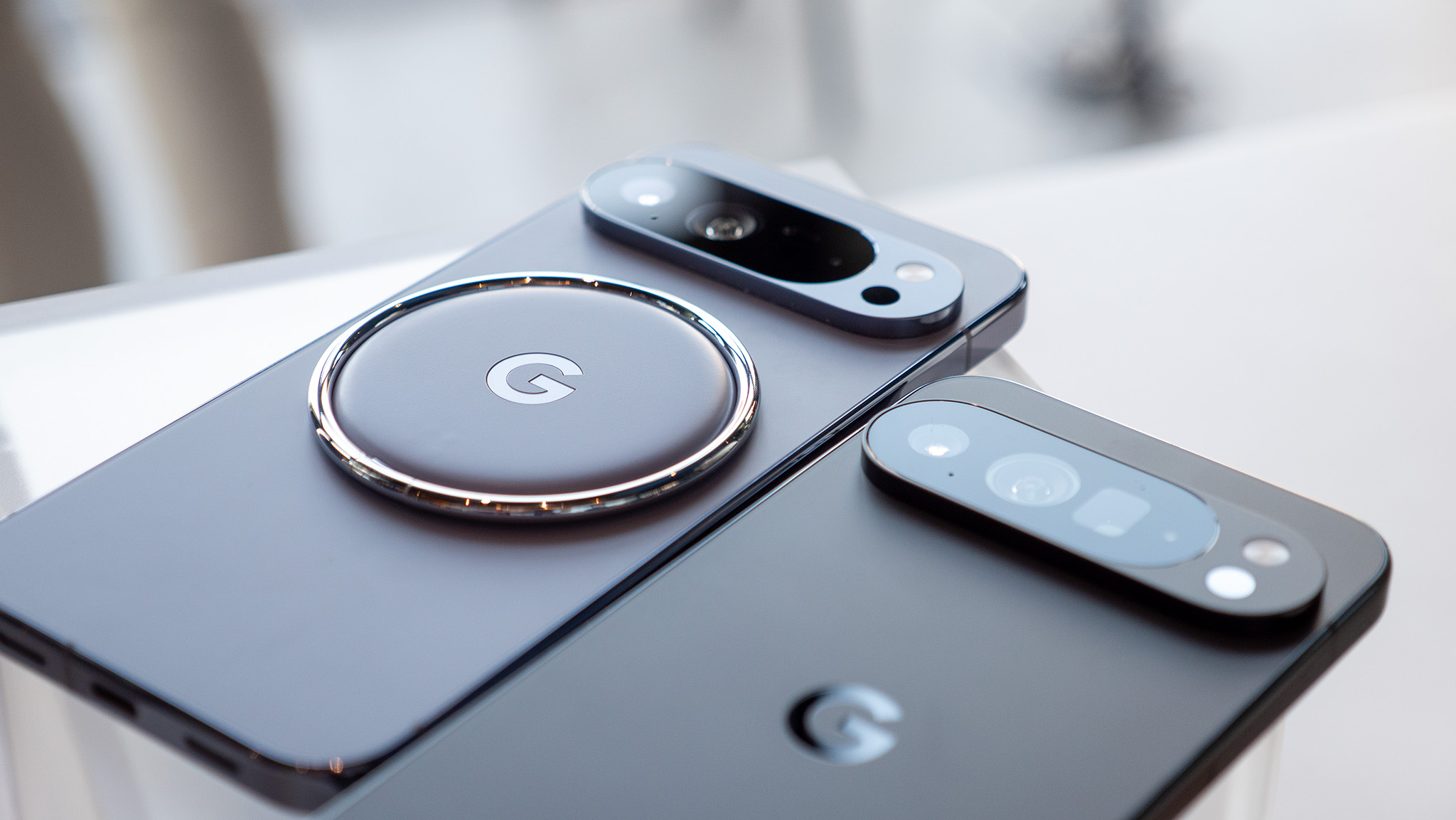
However, the Pixel 10 Pro XL includes an updated camera array, headlined by a 50MP primary lens, paired with a 48MP telephoto lens and 48MP ultrawide sensor. In comparison, the 10 Pro Fold sports a 48MP primary sensor, accompanied by 10.5MP telephoto and 10.5MP ultrawide cameras. Although Google claims it’s using an upgraded primary sensor, it’s still not on the same level playing field as its slab brethren.
This might not seem like a big deal to some, but the Pixel 10 Pro and Pro XL’s camera array allows for extra features such as 8K video recording and High-Res 50MP pictures. Meaning that you can spend the $1,799 on Google’s foldable, but you can also save yourself $800 and enjoy a better camera experience.
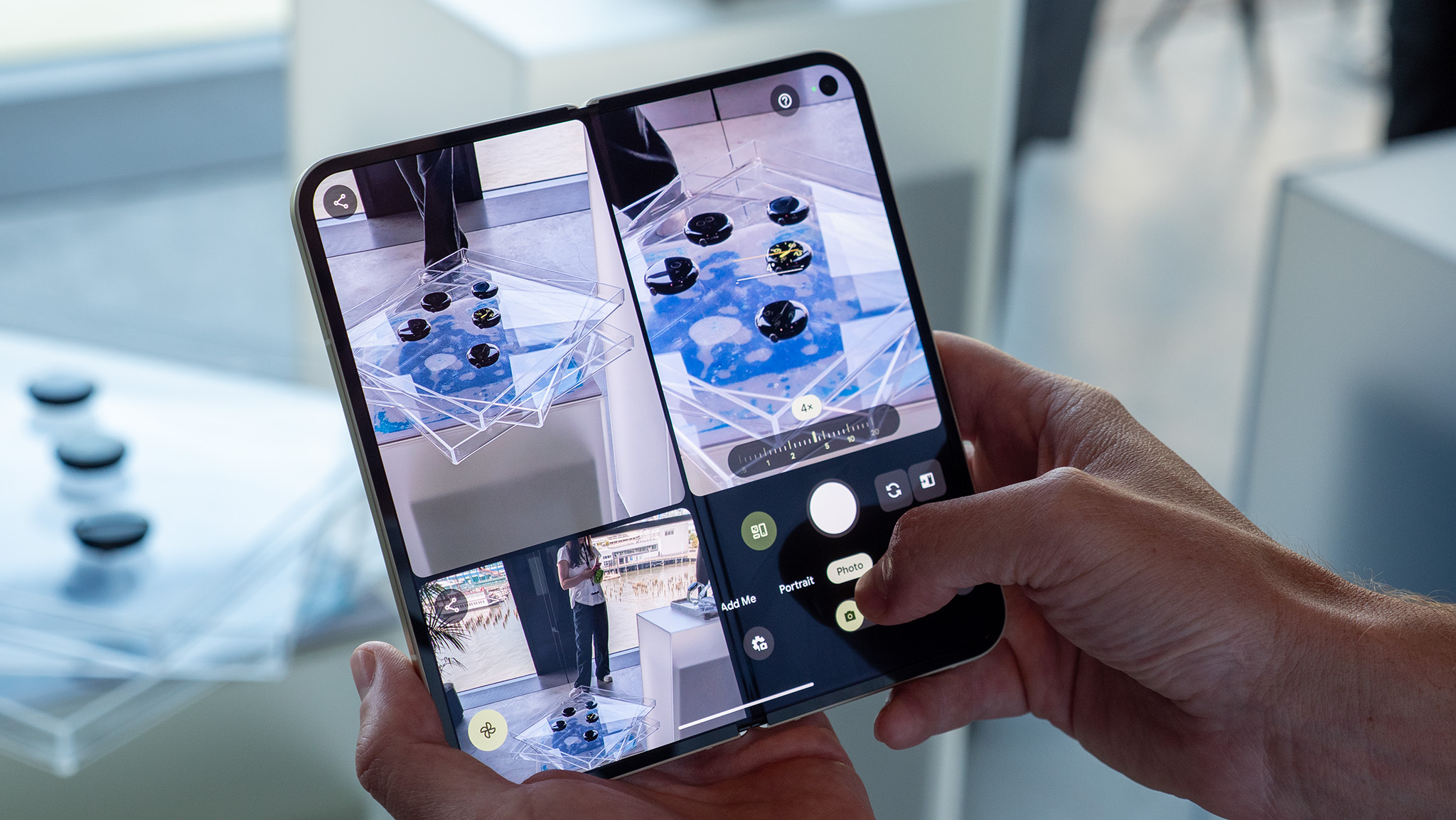
Beyond that, there’s not too much that’s different that we’d want when it comes to the Pixel 11 Pro Fold. The only other exception to that is something that Google has already started working on, and that’s making its displays more friendly to those who suffer from PWM sensitivity.
With the Pixel 10 Pro, Pro XL, and Pro Fold, Google introduced a new Accessibility feature simply named “Adjust brightness for sensitive eyes.” As noted by Android Central senior content producer Nick Sutrich, who suffers from PWM sensitivity, the feature “at least doubles the PWM rate” when enabled.
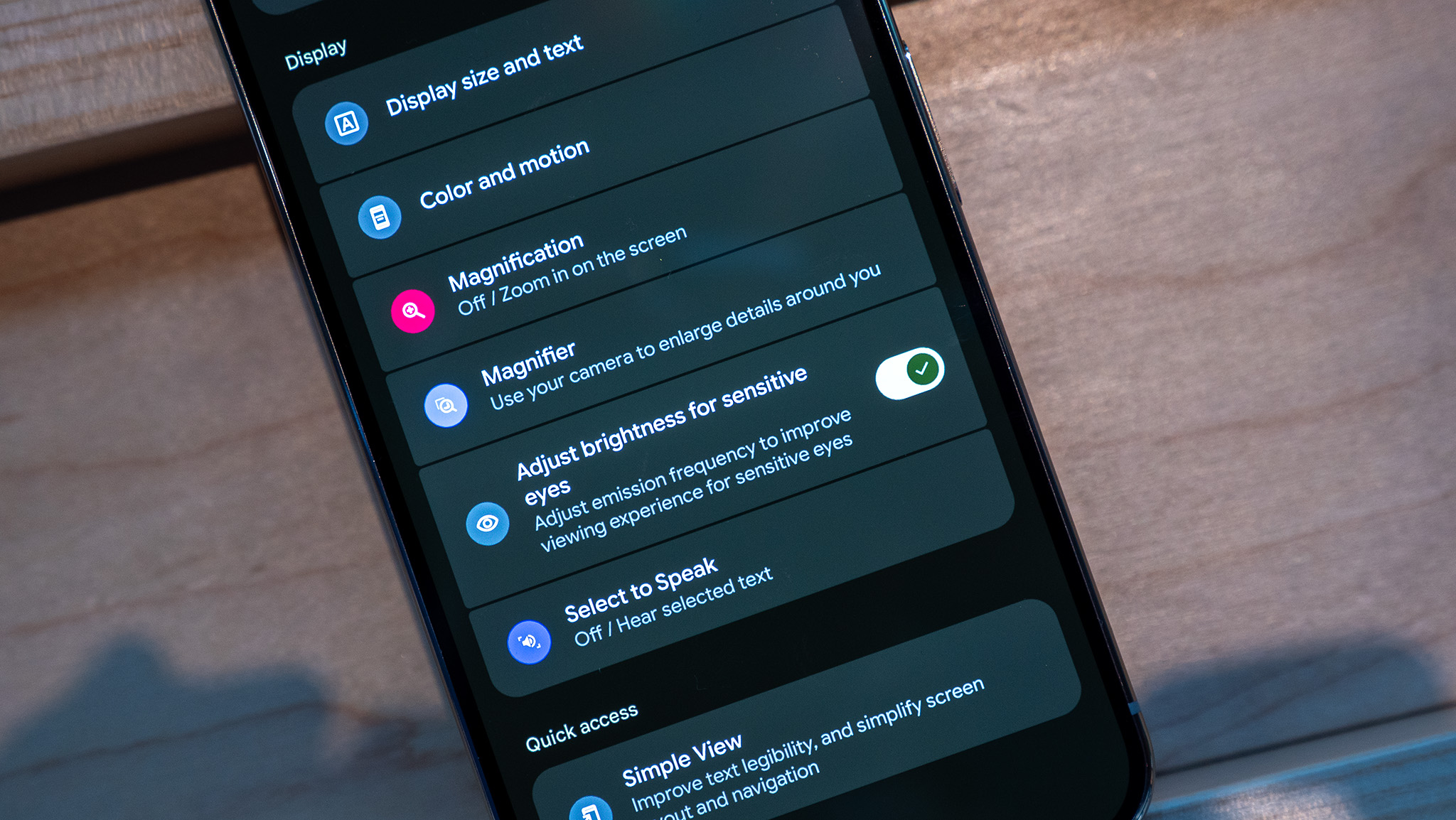
However, the catch with the Pixel 10 Pro Fold is that this only applies to the inner 8-inch display, and not the 6.4-inch cover screen. Because of this, we can only assume that Google’s doubling up and using the same panel from the regular, non-Pro, Pixel 10 for the Pixel 10 Pro Fold’s outer display.
Although it may seem disappointing, it’s great seeing Google doing anything to move the needle when it comes to making its phones more accessible to everyone, unlike some of its competition.
For more news and information on Google’s latest phones, check out our Ultimate Guide.

Surprising upgrades
The Pixel 10 Pro Fold might not look like much of an upgrade at first glance, but that couldn’t be further from the truth. It’s the first foldable phone to feature an IP68 rating, is powered by Google’s latest Tensor processor, and even offers an upgraded camera experience.
